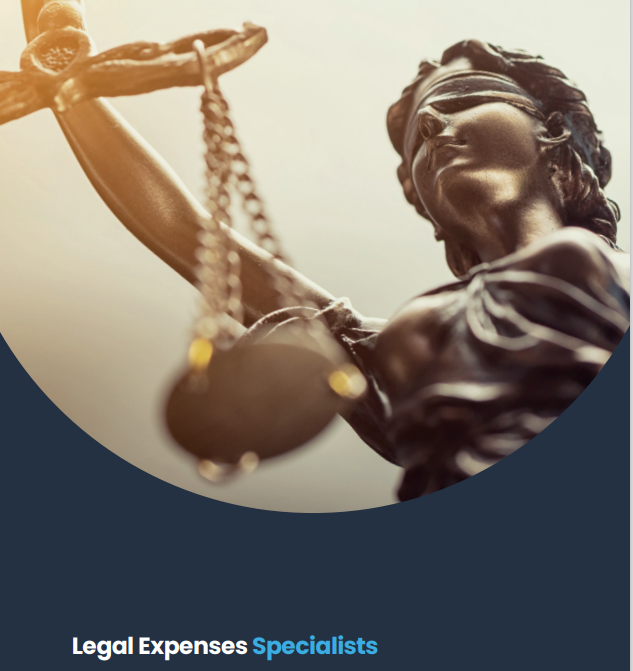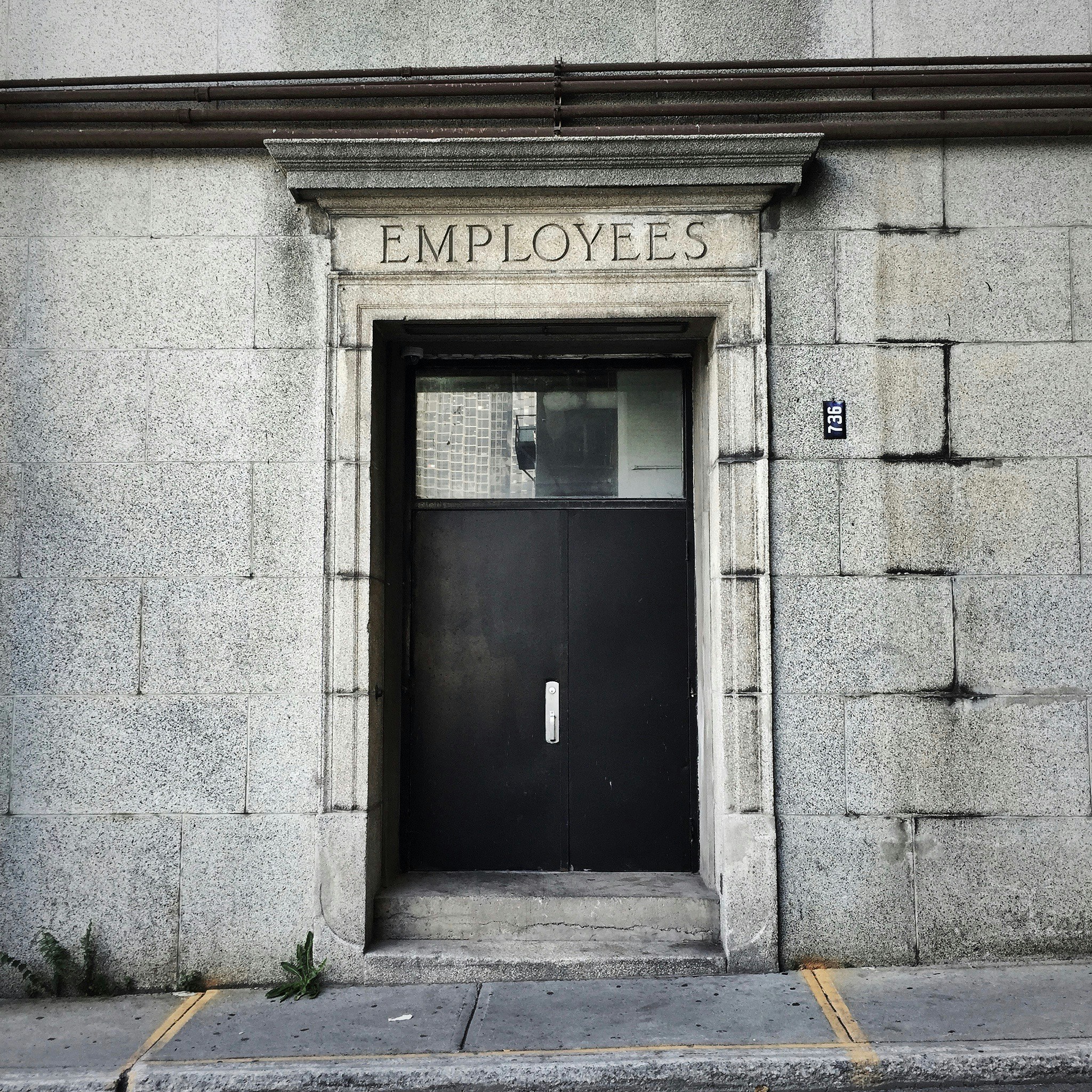Small and medium-sized enterprises (SMEs) are the backbone of the UK economy. 5.5 million businesses account for 99.8% of the business population, three-fifths of employment and around half of turnover in the UK private sector.[1]
They may be small, but they are mighty!
But their size and agility can often mask vulnerabilities. SMEs must navigate a myriad of ever-evolving legal and regulatory challenges – often without the support of in-house HR, compliance or legal teams.
But legal and liability risks when left unchecked can expose SMEs to financial and reputational damage that few can afford. The challenge is not simply recognising these risks but ensuring that the insurance protection in place is robust enough to respond when claims arise.
Risk and recovery
Unfortunately, underinsurance is a recurring theme in the SME space. It is estimated that as many as 80% of UK SMEs are underinsured with some properties insured for just 63% to 68% of their actual rebuild value.[2]
When the condition of average clause is tiggered, this results in proportionately reduced claim payouts – from which many would be unable to recover from the financial impact of such a significant uninsured loss.
A growing proportion of small businesses do not have any insurance at all while those that do often fail to review their cover needs when their circumstances change.
No employers’ liability is a growing liability
Another concern is that although employers’ liability is compulsory in the UK, research from the British Insurance Brokers Association (BIBA) found that 26% of SMEs stopped buying EL and 22% stopped buying professional indemnity insurance in 2023[3].
But every business that employs one person or more must legally take out at least £5 million of EL cover from an authorised insurer.
But some small businesses wrongly believe that if they work from home or no customers visit their premises that they do not need any form of liability insurance.
Businesses who do not have employers’ liability in place can be fined up to £2,500 by the Health and Safety Executive (HSE) for every day they do not have appropriate insurance. They can also be fined £1,000 if they fail to display an EL certificate or refuse to share it with inspectors when requested.
Underinsurance exposed
Underinsurance can easily slip under the radar – until a major loss or claim. But the persistence of underinsurance among SMEs is rarely down to wilful neglect.
More often, it stems from a combination of factors: policies purchased on cost rather than suitability, a lack of understanding of indemnity limits and exclusions – and policy limits that have not kept pace with business growth and operational change or even seasonal fluctuations.
Specialist businesses need specialist insurance
Another emerging trend is that some micro businesses are purchasing commercial cover with the same mindset as personal insurance. They are buying based on price – not policy cover and purchasing online rather than via a trusted and specialist broker that understands the nuances of their business risk.
Inflation has only compounded the problem further, with rising legal fees and compensation awards quickly eroding policy limits that once appeared sufficient.
Liability risk review
For SMEs, liability exposures are wide-ranging. Claims can arise from accidents on business premises, defective products, professional negligence, data breaches or employment disputes. Increasingly, directors are also under scrutiny, with regulatory investigations and wrongful act allegations placing personal liability firmly in the spotlight.
Each of these scenarios brings with it the potential for legal action, substantial defence costs, and compensation awards. For smaller businesses, the financial impact can be disproportionate.
Yet despite this, many SMEs remain underinsured, either because they do not fully appreciate the scope of their liability or because they are unaware or reluctant to increase premiums in the face of other financial pressures.
Where SMEs are most exposed
Employment practices remain a significant source of claims, with tribunals for discrimination, harassment and unfair dismissal showing no signs of slowing. Health and safety breaches, meanwhile, can result not only in compensation claims but also in heavy fines and irreparable reputational harm.
Customer-facing risks are just as pressing. A simple slip or fall on business premises can escalate into costly litigation. Businesses selling products face additional exposures if those products prove faulty, while service providers risk negligence claims where errors or omissions cause client losses.
The growing digital landscape adds another layer of complexity. Cyberattacks and data breaches have become a routine hazard, and with GDPR requirements still firmly in force, the penalties for mishandling data can be severe.
Finally, contractual obligations can create hidden exposures. SMEs often sign agreements that transfer liabilities onto them without realising that their insurance does not extend to cover these responsibilities. This contractual risk is particularly problematic in supply chain-dependent sectors, where liability can cascade down to the smallest players.
The consequences of falling short
For SMEs, the consequences of underinsurance are rarely confined to financial loss. The reputational damage associated with a claim – particularly one that becomes public can deter customers, unsettle suppliers, and weaken investor confidence.
Operationally, defending a claim can divert management focus and disrupt normal business activities. For directors and officers, the personal stakes are even higher, with individual assets at risk if claims fall outside company cover.
These consequences underline the vital role insurer, MGAs and broker partnerships play in identifying risks early and ensuring clients are not left exposed.
Avoiding the underinsurance gap
Annual reviews should not be seen as a box-ticking exercise but as an opportunity to reassess cover in line with growth, diversification, regulatory change and economic realities such as inflation.
Equally important is clarity around policy wordings. Many SMEs assume they are covered for risks that in reality fall outside the scope of their policy.
By working through exclusions, clauses, sub-limits and indemnity periods with clients, insurers can ensure expectations are aligned with reality – and highlight areas where additional protection is required.
Prevention is better than cure
Positioning insurance as a critical element of business resilience can help SMEs view cover as an investment rather than a grudge expense.
In a climate where legal risks are both diverse and growing, the reassurance of robust liability and legal expenses protection is invaluable.
With the right insurance partner, underinsurance can be turned from a persistent threat into a preventable risk.
That’s why our liability policies include a health and safety review – and why we don’t provide standard one-size fits all cover. Because no two businesses are alike. And neither are the sector risks they face.
What’s good for the goose is not always good for the gander.
[1] UK Small Business Statistics | FSB Business Data
[2] Underinsurance remains a problem for UK businesses – report | Insurance Business UK
[3] 50+ UK Business Insurance Statistics 2024 | money.co.uk









